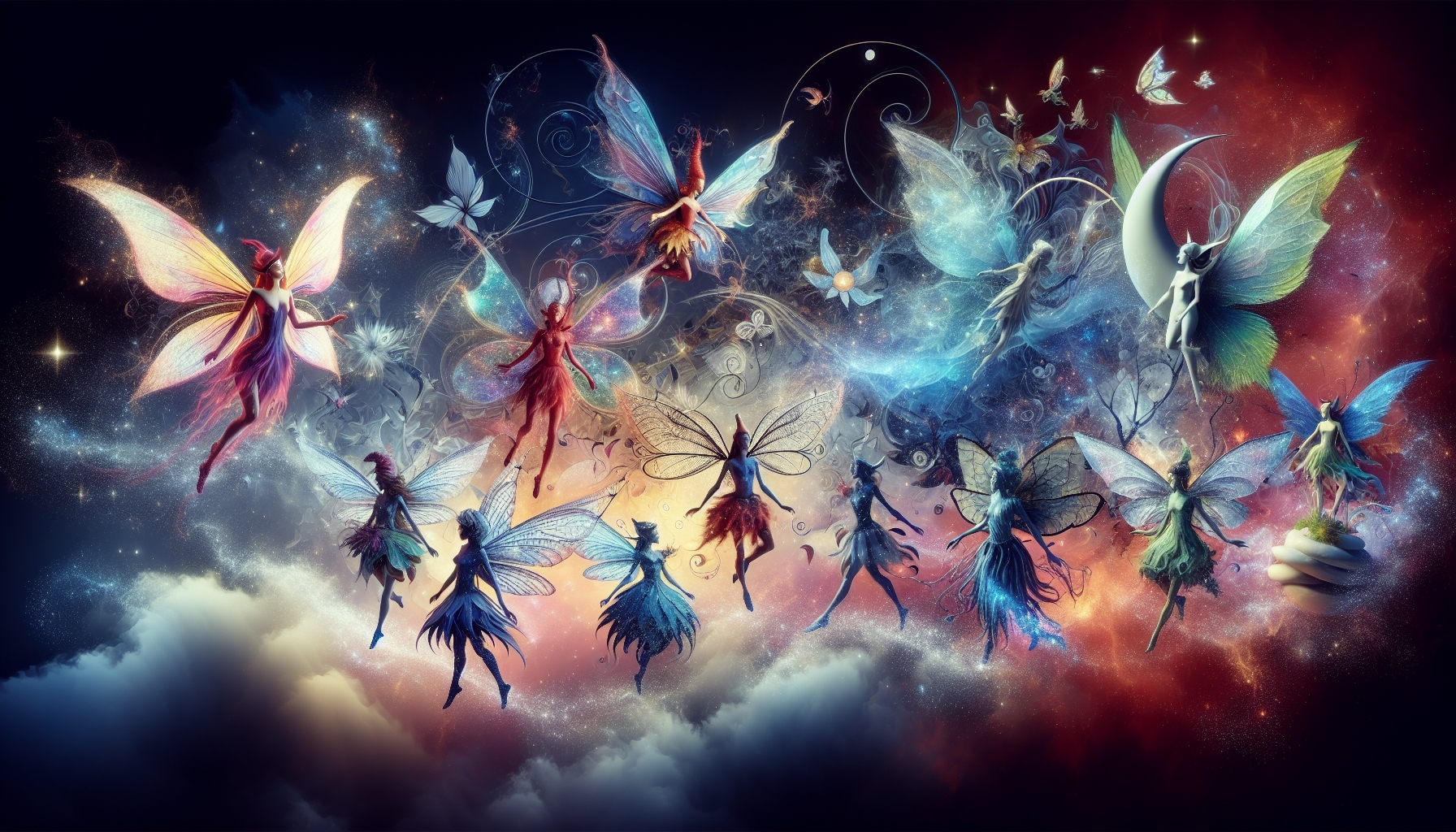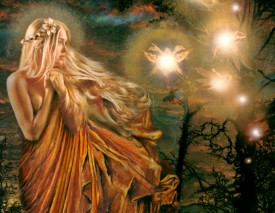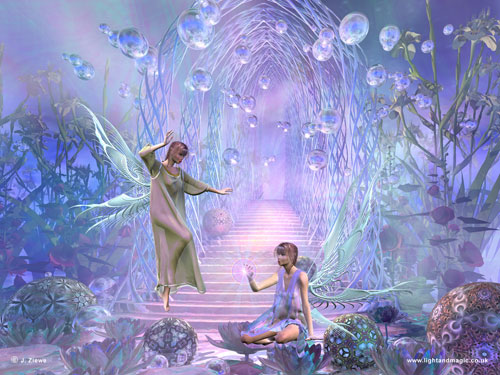
Faeries in Folklore and Mythology

Introducing Faeries in Folklore and Mythology
Faeries in Folklore and Mythology - Embarking on the Faery Journey: Exploring Their Significance in Folklore and Mythology. From various corners of the globe come bewitching tales about mythical entities, or 'faeries,' and their interactions with humans. These faery narratives, documented in both written and oral traditions, journey far back into antiquity.
The enchanting notion of faeries travels far across different cultural narratives:
- The mystical 'Fae' from medieval Western European lore.
- The semi-divine celestial gandharvas from Sanskrit mythology.
- The beguiling nymphs from Greek and Homeric lore.
- The magical Jinn from age-old Arabic mythology.
- Intriguing entities from rich folk traditions of Samoa, the Arctic, and Indigenous America.
Faeries in Folklore
Faeries in Folklore and Mythology - Ancient folklore brims with tales of safeguarding ourselves from the potentially malevolent faeries, known for abducting the elderly, taking babies, and replacing them with their own kind, known as 'changelings.' Defenses against these captivating creatures include the use of cold iron, defensive charms made of rowan and herbs, or entirely avoiding places these faeries are known to frequent.
Other tales teach that marigold water rubbed around the eyes or sitting under a full moon in a grove of ash, oak, and thorn trees could make faeries visible to mortals.
Faery Folklore Facts
Folklore suggests that female faeries, who admire beauty, struggle during childbirth. They often release their abnormal children among humanity, replacing them with human infants. These replaced children are called 'changelings'.
English folklore
These wee people are sometimes known as Pixies, Sprites or spirits. They are commonly represented as mischievous imps who delights in flustering young maidens and leading travelers astray.
Irish Folklore
In Ireland, the Tuatha de Danaan was one of the early races of conquerors known for their great power. It is thought that they were driven underground. The goddess Danu was their mother,
Welsh Folklore
William Butler Yeats relates a Welsh version of this story in his tale The Stolen Child. Parents of a new baby could keep their child safe from abduction by the Fae by using one of several simple charms: a wreath of oak and ivy kept faeries out of the house, as did iron or salt placed across the door step. Also, the father's shirt draped over the cradle keeps the Fae from stealing a child.
Faeries in Folklore and Mythology from Across Various Cultures
Contemporary Interpretations of Faeries like the Modern representations of faeries, fairies, particularly in children's literature, draw heavily from these age-old folklore traditions, frequently depicting them as stern and somewhat ominous characters. Notable exceptions include the beloved Tooth Faery, the Fairy Godmother from Cinderella, and the Seven Dwarfs from Snow White. These tales find a welcome home in Irish, Welsh, and Scottish cultures.
Literature from all over the world has tales of these fantasy creatures having interactions with humans. These beliefs from both written and oral folklore date way back to ancient times.
Traces of these fantasy creatures come from many sources:
- Fae of medieval Western European folklore.
- Sanskrit gandharva (semi divine celestial musicians)
- Nymphs of the Greeks and Homer
- Jinni of Arabic mythology
- From Many other folklore characters of the Samoans, Arctic, and other indigenous Americans.
Some Tales Of Faery Folklore

Faeries in Mythology
The Evolving Myths of Faeries
Seven centuries back, Western European mythology introduced the 'Fae,' seemingly beautiful, mystic creatures with a powerful connection to nature. They inhabited the mysterious realm between the divine and human worlds-being neither wholly divine nor human, yet carrying elements of both.
In the East, particularly India, the gandharvas, often associated with faeries, were regarded with reverence as celestial musicians and beings of great allure. As messengers between the gods and humans, they bore characteristics mirrored in the Western Fae.
Greek mythology introduced the nymphs, youthful nature spirits who appeared as young, beautiful girls inhabiting trees, mountains, streams, and other natural entities. These nature spirits, like faeries, blend seamlessly into the fabric of the world, often wielding a degree of power over their chosen domain.
The Arabic world depicted similar beings through the Jinn, genie-like creatures with a wide range of powers and an equally varied disposition towards humans, lining up with Western European faeries' roles.
Myths In some stories, give an examples of how one can see a faerie. It is believed that a wash of marigold water rubbed around the eyes can give mortals the ability to spot the Fae. It is also believed that if you sit under a full moon in a grove that has trees of ash, oak and thorn, the Fae will appear.
Understanding the Faery Realm
Further exploration of faery mythology reveals an elaborate realm of these captivating beings. Not constricted by our world's ordinary rules, the faerie realm mirrors our world yet exists apart from it, often portrayed as an ethereal realm or 'Otherworld.' This realm is frequently depicted as residing deep within natural features such as hollow hills, dense forests, or beneath tranquil lakes.
My closing thoughts on Faeries in Folklore and Mythology
The intriguing world of faeries or fairies, as depicted in folklore and mythology, gives us a unique glimpse into how different cultures interpret supernatural beings. These enchanting creatures, often found in stories bridging the gap between divine and human worlds, have fascinated people all over the world for centuries. Whether they’re portrayed as playful tricksters or ominous beings, faeries command respect for their alleged roles in nature. In today's world, these narratives have been creatively woven into popular stories, making faeries more relatable and captivating to us. So, the tales of faeries continue to enchant us, taking us on timeless adventures through the cultural and mythical landscapes of our imagination.
